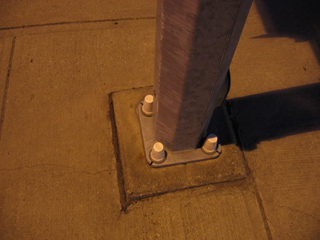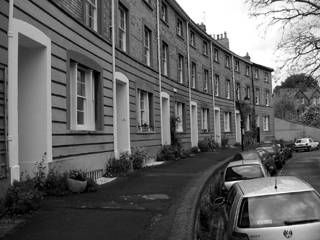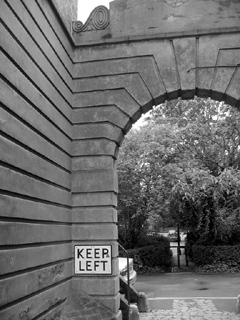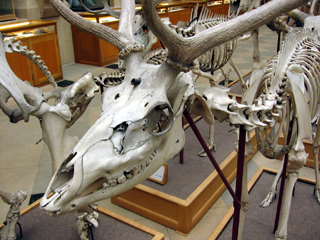
Happy birthday Jonathan Morissette
Visiting the Oxford Natural History Museum with someone who shares an active interest in botany, archaeology, palaeontology, genetics, and geology is quite a fascinating experience. As such, doing so this morning with Antonia was both engaging and pleasant. Partly, the visit was motivated by the desire to see the Kakapo parrot but, since she went on a tour with one of the curators quite recently, she told me a lot more about the collection as well.
For the unfamiliar, the Natural History Museum is housed inside an attractive building on Parks Road, north of Wadham. The main hall is the kind of vaulted steel and glass structure that I associate with the great European exhibitions of the early 20th century: with crowds goggling over dinosaur skeletons. The collection is certainly quite good, spanning a respectable section of the animal and mineral variety of the planet. Especially worth seeing: elephant skeletons, some of the wide variety of stuffed raptors, the complete bluefin tuna skeleton, some of the large fossil and mineral samples, and the general architecture of the building itself. Note how every pillar in both the lower and upper galleries is made from a different stone, from a different part of the United Kingdom.
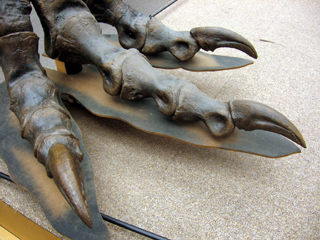
Behind the Natural History Museum, and presently under renovation, is the Pitt Rivers museum. A cynic might describe it as an exuberant assembly of the plunder of British aristocrats past. It includes a Haida totem poll, shrunken heads, and innumerable tools, weapons, religious artefacts, articles of clothing, and day-to-day objects from countries around the world. Unusually for a museum, objects are assembled by type, in cases spanning many times and cultures. That allows for an appreciation both of the variety of human creations, and the similar needs and products of diverse cultures. While not large, the place is literally packed, with narrow aisles between well-stuffed display cases. Antonia explained that both the Pitt Rivers and Natural History Museums have far too little space to display their full collections: a partial motivation for the ongoing renovation.
The general lesson – that museums are enormously better in the presence of interested others – is obvious enough. I am delighted that I had the chance to use that insight in practice.
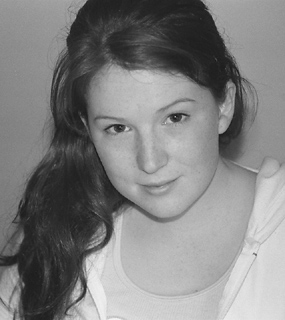 One year ago, my friend Karen died in a car crash, in Vancouver. I found out the next morning from a newspaper headline, while I was waiting at a bus stop with a packet of photos I had taken of her in and around the Nitobe Gardens at UBC. It all strikes me as having happened a very long time ago: from our last brief conversation to walking twenty kilometres home, along the dark sea front, after her candle light vigil.
One year ago, my friend Karen died in a car crash, in Vancouver. I found out the next morning from a newspaper headline, while I was waiting at a bus stop with a packet of photos I had taken of her in and around the Nitobe Gardens at UBC. It all strikes me as having happened a very long time ago: from our last brief conversation to walking twenty kilometres home, along the dark sea front, after her candle light vigil.


